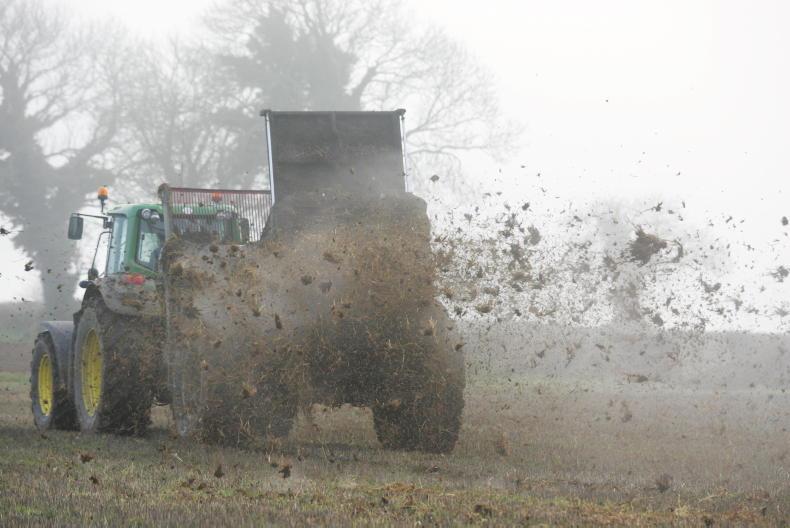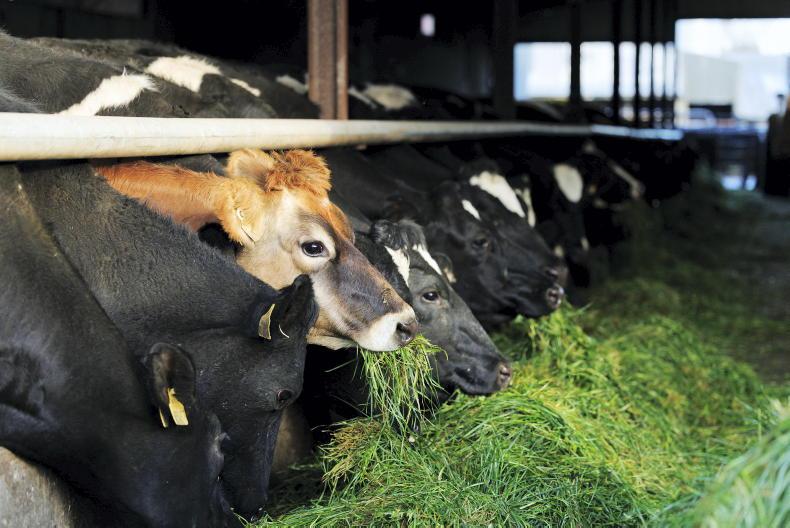A number of new measures proposed under the interim review of the Nitrates Action Programme (NAP) are expected to be finalised and signed into legislation imminently.
Minister for Housing Darragh O’Brien said earlier this year that the interim review would be subject to a public consultation before the results are published.
The main changes expected are well documented, however, and some have already been as good as accepted in farmer plans, despite not receiving the green light.
One change which was forecast to be introduced in May is a shorter timeframe for notifying the Department of Agriculture of slurry movements.
The proposal, which has received a strong backlash from farm organisations, will give farmers who export organic fertilisers – slurry and farmyard manure (FYM) – four days to record the movement.
The rationale behind the short notification period is to cut down on ‘paper’ or bogus movements of fertilisers.
A shorter window will allow Department officials to carry out spot checks to see if movements actually occurred.
New timelines
The initial target was that farmers who export slurry and manure before 1 June would need to have these movements verified by the importing farmer by 14 July, but there has been no further progress on this.
It had also been proposed that movements which takes place between 1 June and 31 December would need to be verified by 14 January 2025.
If such rules are introduced, it means that the deadline for farmers exporting to notify the Department of slurry for land spreading will be 4 October, as the prohibited period for applying slurry begins on 1 October and 1 November for FYM. There is also a firm proposal to reduce chemical nitrogen allowances by 5%.
It is also pretty much assumed that where a farmer opts to feed a lower protein ration that the nitrogen excretion rates of cows will be lowered.
The exact details are to be announced, but it is expected that a weighted average will be used.
For example, for a herd in the middle band and a current excretion rate of 92kg N, this would fall to 90kg where a 15% crude protein (CP) concentrate is fed, 89kg at 14% CP and 87kg at 13%.
There is expected to be a change in excretion rates for young calves (newborn to three months of age) and calves aged over three months of age.
Teagasc research shows that a calf excretes 1kg on N in the first three months of life and another 20kg over the next nine months compared to the current figure of 24kg up to 12 months of age.
It is also proposed to amend the excretion rate for cattle aged one to two years to 55kg for females and 61kg for males.
As Aidan Brennan outlines, farmers need greater clarity on the future of the nitrates derogation and also any changes introduced under the interim review of NAP. Siobhán Walsh outlines many tillage specific rule changes introduced recently.
The lieback rule for catch crops had a lack of clarity on future nitrates changes is preventing farmers from progressing their business.
If the Department wants to harness more co-operation between tillage and livestock farmers, then this is one way of preventing it.










SHARING OPTIONS